Do you find yourself facing an unexpected electrical problem, only to realize it’s caused by a blown fuse in your fuse box? Don’t panic! Believe it or not, replacing a fuse in your fuse box is surprisingly swift and straightforward. This blog post covers all the steps necessary, from tackling safety and preparation protocols through turning the power back on again so that your electronics are up and running. Take away the fear of dealing with electrics at home – get ready to test those DIY skills!
Why Do You Need an Electric Fuse?
Electric fuses are designed to protect circuits from excessive current overloads. When too much electricity passes through a circuit, the fuse will break or blow and stop any further electric flow. This helps prevent costly damages, such as burned-out motors and melted wires caused by excessive electrical current. Therefore, replacing a blown fuse is an important part of regular home maintenance to help ensure that your household’s electrical system is functioning safely and properly. [1]

What are Blown Fuses?
A blown fuse may look like it still works, but the metal wire inside has melted and will no longer conduct electricity. If you suspect a blown fuse, you should replace it as soon as possible in order to restore power to the affected circuit. To do so, you’ll need to locate your home’s fuse box and assess which fuse needs replacing.
Although modern homes have breakers instead of fuses, there are still some older homes with fuses installed in their electrical system. In this case, it’s important to know how to properly replace a blown fuse in your home’s fuse box without overloading the circuits.
Before moving on to the steps, remember to always use caution when working with electricity and make sure you shut off the main power switch at your fuse box before starting any work.
Reasons Why a Fuse Could Blow
Overloaded circuit
An overloaded circuit is often the cause of a fuse blowing. This means that too much electricity is trying to flow through one circuit, and the fuse acts as a safety measure by cutting off the power before any damage can be done.
Faulty wiring
Faulty wiring could also cause a fuse to blow. Short circuits, exposed wires, or loose connections can all create a large current which will overload the fuse and cause it to cut out.
Old age
Older fuses are more prone to blowing than their newer counterparts because they weren’t designed with modern safety standards in mind.
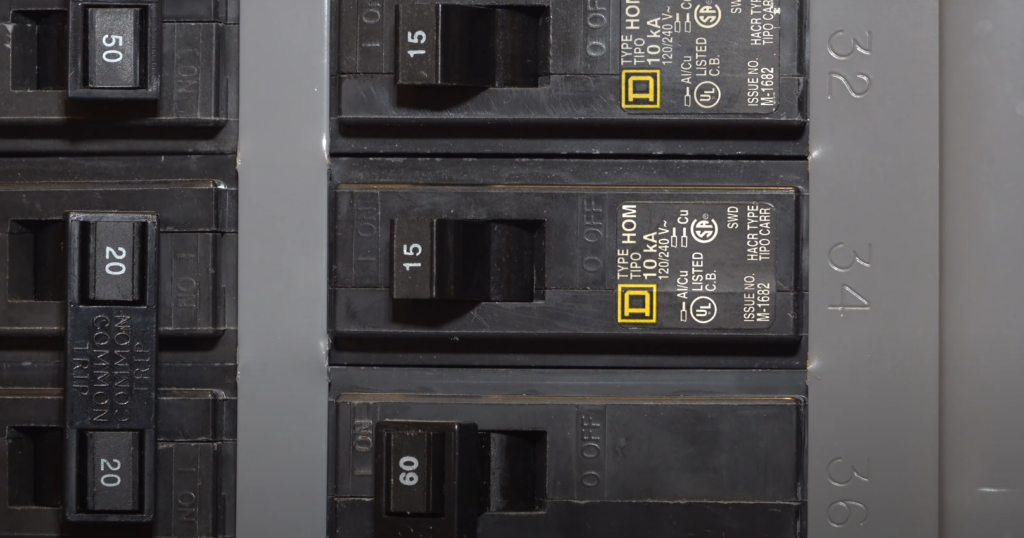
Appliances that draw too much power
Some appliances, such as boilers and air conditioners, can draw a large amount of electricity which could cause the fuse to blow. Be sure to check for any faulty wiring or overloaded circuits before calling an electrician. [2]
Poor insulation
If the wiring in your fuse box isn’t well insulated, then it can create increased resistance and cause the current to become higher than expected. This can lead to overheating and eventually a blown fuse.
Short circuit
A short circuit occurs when a hot wire accidentally touches a neutral or ground wire, causing an excessive amount of electricity to flow through the circuit. This can cause the fuse to blow in order to protect your home from any damage.
Incorrectly sized fuse
If you’ve replaced a blown fuse with one that is too large for the circuit, then this could also lead to it blowing again. Make sure that you only use the correctly sized replacement fuses when fixing your fuse box.
How to Prevent Blown Fuses?
If you want to prevent blown fuses in the future, there are several steps you can take:
- Check your wiring regularly. Damaged or incorrectly wired electrical components can cause a circuit overload and lead to blown fuses. Have an electrician inspect your system if you notice any unusual behavior such as flickering lights, frequent outages, or odd smells coming from outlet boxes.
- Invest in surge protectors and power conditioners for devices that draw large amounts of energy. This will help prevent spikes in current that might otherwise blow a fuse.
- Make sure all of your outlets are rated for the amount of power they are supplying by checking with their manufacturers guidelines. If an appliance is using too much power, the fuse will be unable to handle it and blow out.
- Make sure the correct size of fuses are being used for your application. Too small of a fuse could cause an overload in the circuit and blow when too much current is drawn.
Following these steps can help ensure that you don’t need to replace a fuse box again anytime soon! [3]
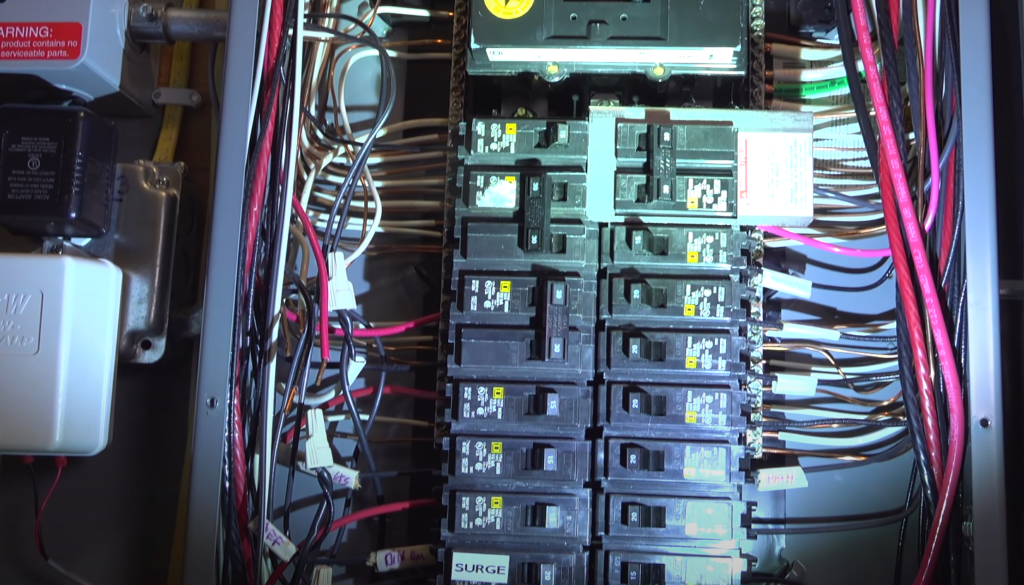
Signs Your Fuse Needs to Be Replaced
Fuses Burn Out Regularly
If your fuse box is older, it’s more likely to have a problem because fuses don’t last forever. The heat generated from the electrical current passing through the metal filament of a standard fuse will eventually cause it to burn out and blow. This can happen suddenly or gradually over time, making it difficult to determine if there is an issue with your fuse box.
Flickering lights
One of the most common signs that your fuse needs replacing is flickering lights in your home when you plug something in or turn on certain appliances.
Dimmed power
A dimming of power throughout the house when using specific electrical items is another indication that your fuse may be failing. Dimmed power in one area or outlet can also be caused by a faulty circuit breaker, so it’s important to check the fuse box and determine which one needs replacing.
Unusual smells
If you notice any unusual smells coming from your fuse box, such as burning plastic or rubber, it could indicate an overloaded circuit or a failing fuse. It’s important to turn off all electrical items immediately and replace the affected fuse before using them again.
Pops and crackles
Any popping or crackling sounds coming from your fuse box should be investigated right away, as they often signify a problem with either the wiring of the box itself, or the fuses inside. If you hear any of these sounds coming from your fuse box, it’s best to have an electrician come and inspect the problem before attempting to replace the fuse yourself.
You Continually Add Higher Capacity Fuses
If you find that you’re continually having to replace higher capacity fuses in order to keep up with the power demand, then it’s possible that your fuse box is outdated and needs upgrading. Upgrading your fuse box will help prevent any further damage to your electrical system and also save you time and money in the long run. [4]
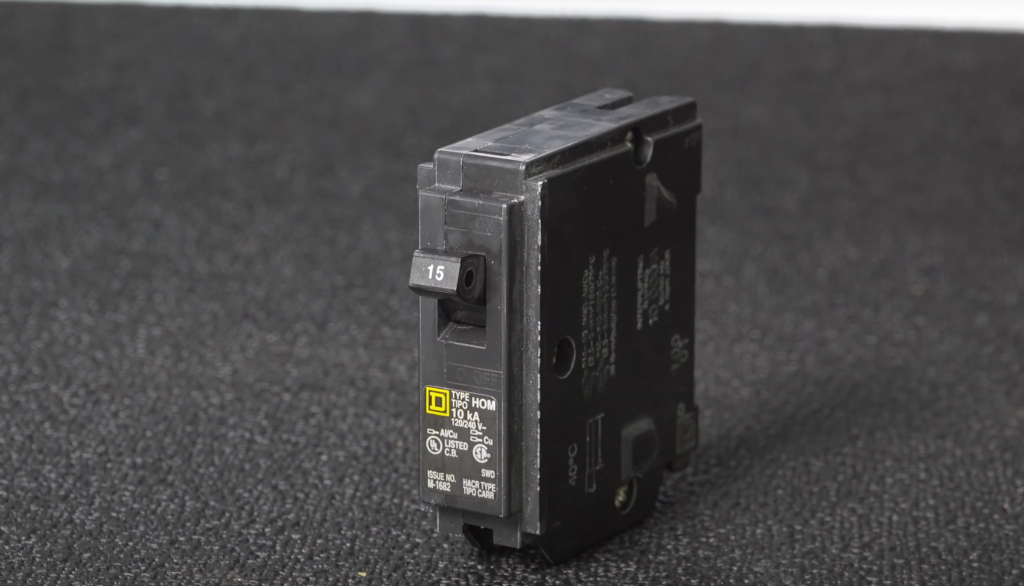
How to Replace a Fuse in a Fuse Box?
To replace a fuse in your home’s fuse box, begin by identifying which circuit is linked to the blown fuse. You can do this by turning off each individual circuit breaker and testing the associated light or device to see if it has power. Once you have identified which circuit is linked to the blown fuse, locate the corresponding slot in the fuse box.
Each slot will have its own specific color that indicates what amperage rating that particular type of fuse should have. Typically, these colors are printed on a plate connected to or near the inside of the cover panel of your panel box. Make sure you purchase a replacement fuse with the same amperage rating as indicated for that slot. To remove an old fuse from the panel box, use a pair of needle nose pliers and grip the body of the old fuse. Pull gently until the fuse pops out.
Next, insert the new fuse into its slot in the same manner as you did with the old one by using your needle nose pliers to grip it and push it in. Make sure you check that all wires are securely fastened to either side of each fuse before closing up the panel box cover. Finally, for added safety, turn off power at your main disconnect prior to working on fuses or circuit breakers in your home’s panel box. With these steps in mind, replacing a fuse should now be an easy task!
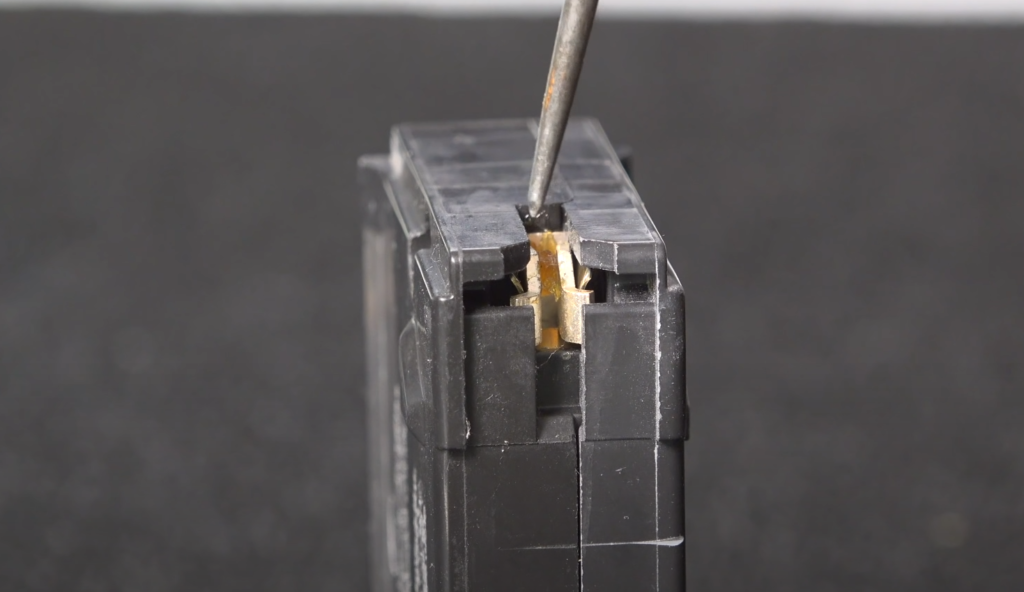
Different Types of Fuses
There are different types of fuses available. The type of fuse used in a fuse box depends on the application and the amount of current being handled. Common types of fuses include fast-acting, slo-blo, ceramic, glass tube, automotive mini blade, AGC, ANL and MIDI/MIDG fuses. Each type has its own characteristics and should be selected based on their performance ratings and current handling requirements. It is important to check your fuse box’s user guide or manual to determine which type is best suited for the application.
When replacing a blown fuse it is important to use one that is rated with the same amperage as that printed on the old fuse. If you use a fuse with a higher amperage rating than specified, the excess current could cause overheating and eventually damage to your appliances. The same applies if you use a lower amperage fuse. In this case, it may not be able to handle the load connected to it and could result in an overload on the wiring system.
Finally, it is important to install appropriate protective covers or barriers over exposed fuses in order to reduce the risk of electric shock or fire due to accidental contact with energized parts. When replacing a fuse always ensure that all safety procedures are followed including turning off the main power switch before attempting any repairs or servicing. Always consult an electrician if unsure or uncomfortable performing any electrical work. Doing so will help ensure the safety of yourself, family and home.
By following these steps you can easily replace a fuse in a fuse box.
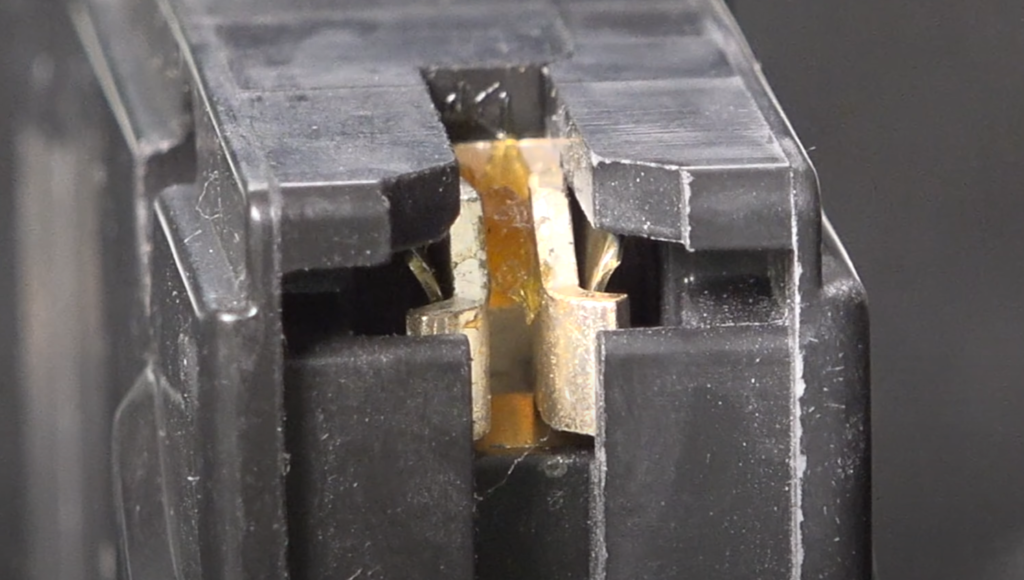
Safety Measures
Before performing any work on a fuse box, it is important to take safety precautions. Always turn off the main power switch in the fuse box before doing anything else. This will protect you from electric shock and possible injury. Wear protective clothing such as rubber gloves, goggles, and shoes with rubber soles to make sure that no electricity can enter your body through contact with exposed wires. If you are unsure of how to handle electricity safely, do not attempt this task—consult an electrician instead.
Next, examine the fuse inside of the box and determine if it needs replacing. Check for corrosion or burnt marks around the edges of the fuse, which may indicate a need for replacement. Once you have determined that a new fuse is needed, carefully remove the old one using a pair of pliers.
Finally, you can insert the new fuse into the box. Make sure it is securely connected and properly aligned. Once the fuse is in place, turn the main power switch back on and test that everything works correctly before closing up your fuse box. If all lights and appliances come on as normal, then job done! You have successfully replaced a fuse in your fuse box.
Things to Avoid When Replacing a Fuse
It is important to remember to exercise caution when replacing a fuse. There are certain potential hazards and mistakes that you should be aware of before attempting the job. Avoid doing harm or putting yourself at risk by following these safety tips:
- Never replace a blown fuse with one of a different amperage rating. The correct size of the replacement is essential in ensuring the circuit remains safe and effective.
- Do not attempt to repair any part of the system connected to your fuse box, such as wiring or another electrical component. Electrical work should always be handled carefully by professionals who have experience and training in working on it safely.
- Understand the importance of using appropriate PPE. Wear protective gloves, eye protection and insulated shoes to prevent electrocution or injury when handling the fuse box.
- Be aware that turning off the power from the mains switch does not necessarily mean there is no electricity flowing into your home – the circuit breaker may still be active, meaning a risk of electric shock remains if you are working on it without appropriate protection.
- Always turn off all electrical items in your home prior to attempting any work around the fuse box, as this will reduce both risks and disruption in case something goes wrong.
Following these simple tips can help you replace a fuse safely and effectively with minimal risk of harm or damage to yourself, your property, or anyone else. If you are still unsure, contact a qualified electrician who will be able to help you with the job.
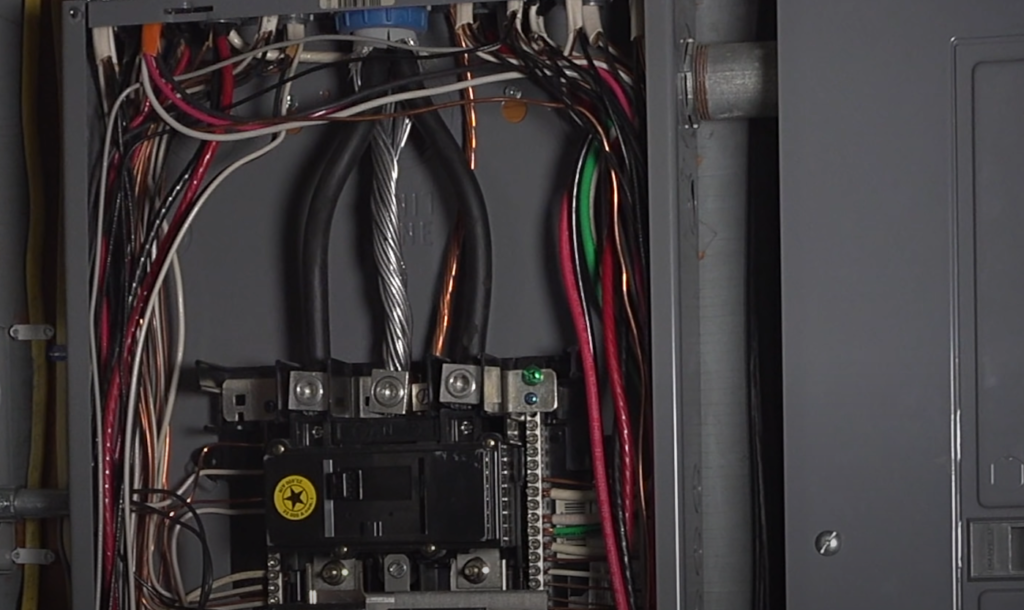
How Much Does a Fuse Cost?
The cost of a fuse depends on the type and size that you need. Standard household fuses are usually affordable, although they vary in price depending on their amperage rating, voltage rating, and other special features. For instance, replacing a 15-amp 120-volt standard fuse with one that has an indication light may cost slightly more than the standard version.
Fuses for larger current applications such as motors or industrial equipment tend to be more expensive because they are designed to handle higher levels of current and often have greater durability and safety features.
Other types of specialty fuses also come at varying costs due to their different designs and increased safety ratings. In general however, most common household fuses are relatively inexpensive when compared to the labor and potential damage that can be caused by a blown fuse.
Therefore, replacing the appropriate sized and rated fuse is important to ensure the safe operation of your electrical system. Additionally, it’s wise to keep extra fuses on hand in case of emergency situations or if you need to replace one in a hurry. [6]
How Long Do Fuses Last?
The lifespan of a fuse depends on the size and type of fuse, as well as the amount of current flowing through it. A standard automotive-style blade fuse may last anywhere from 30 days to 10 years, depending on its rating and usage.
Other types of fuses, such as ceramic or glass ones, are designed to handle higher currents, so they can last longer—up to 20 years or more. To ensure the longevity of your fuses and the safety of your electrical system, it’s important to choose the right size and type for each circuit.
Additionally, be sure to check your fuses regularly for signs that they may need replacing. Common signs include discoloration, cracks in the body of the fuse, or a distorted shape. If you notice any of these signs, the fuse should be replaced as soon as possible.
Regularly checking and replacing fuses is an important part of keeping your electrical system safe and functioning properly. By understanding how long fuses last and what to look out for, you can ensure that your home or vehicle is always running smoothly.
FAQ
Can I replace a fuse myself?
Yes, you can replace a fuse yourself. You should make sure you are familiar with the type of fuse box before attempting to replace a fuse. It is also important to ensure that you have the correct size and rating for the fuse that needs replacing. Additionally, always make sure the power supply to your circuit breaker is switched off before attempting any DIY electrical work.
Do I need special tools?
In some cases, yes. Depending on the type of fuse box, you may need pliers or other special tools to access and remove fuses from its holder.
What happens if I put in a fuse of the wrong rating?
Putting in a fuse with the wrong rating can cause an electrical overload, leading to a potential fire hazard. To avoid this, always make sure that you are using a fuse with the correct size and rating for your circuit breaker or fuse box. Additionally, it is important to never exceed the specified amperage or wattage as indicated on the device or circuit breaker.
What should I do after replacing my fuse?
After replacing your fuse you should test your circuit breaker by turning it back on again. If it works correctly and no longer trips then you know that your repair was successful. However, if it still trips then you may need further expert advice from an electrician. It could be that the fault is not the fuse, but something else more serious.
How do you know if a fuse is blown in a breaker box?
First, look at the type of fuse box in your home. Older homes may have a fuse box with ceramic fuses and newer homes may have a breaker box with circuit breakers. If you have a fuse box, you can check to see if a fuse is blown by looking for any signs of discoloration or burning on the ceramic body of the fuse itself. If it looks like there are any broken components inside the fuse, it probably needs to be replaced. For breaker boxes, you can check to see if a circuit breaker has tripped by listening for an audible “click” when you switch off then switch on again the corresponding circuit breaker. If it trips again after resetting, this could indicate that there is an electrical problem that needs to be addressed. If you think the circuit breaker is defective, then it should be replaced by a professional electrician.
Can you pull the fuse out by hand?
No, you should never attempt to remove a fuse from the circuit box with your hand. The fuses contain electrical current and can cause serious injury if not handled properly. Always use a pair of insulated gloves and pliers when handling a fuse.
How do you reset a blown fuse?
If a fuse has been blown, it must be replaced with a new one. To reset a blown fuse, begin by turning off the main circuit breaker on the fuse box. Then open the fuse box door and locate the blown fuse. Remove the old fuse from its slot and replace it with a new one that matches the amperage rating of the original (usually indicated on the inside of the panel). Once you have installed the new fuse correctly, close up your box and turn on your circuit breaker again to restore power. With any luck, your device should now be working properly once more! If not, contact an electrician for further help.
What happens if a breaker won’t reset?
If a circuit breaker does not reset, it usually indicates an overloaded circuit or a short in the wiring. To remedy this issue, you’ll need to identify the cause of the overload and either redistribute power within your circuits or call an electrician for assistance. It’s important that you never try to repair wiring yourself unless you are fully qualified to do so. Always take all necessary safety precautions when dealing with electricity.
What causes a fuse to fail?
A fuse may fail for several reasons, including a short circuit, an overloaded circuit, or a power surge. Signs that a fuse has failed include flickering lights and sparking from the fuse box itself. When replacing a fuse, it is important to use one with the same amperage as the original. If you do not have access to the right type of replacement, try disconnecting some of the appliances or devices on the circuit before inserting the new fuse. This will reduce strain on the system and can help protect against further damage.
Useful Video: How To Replace or Change a Circuit Breaker in your Electrical Panel & Why it’s Tripping
Conclusion
Once your fuse has been replaced and the power has been safely returned to the fuse box, make sure that you check for any signs of damage or burning. If you identify any such issue, it is important to address it immediately. Checking regularly on the condition of your home’s electricity system can help prevent future problems. Remember that if you are ever in doubt about what steps to take when replacing a fuse, contact an electrician for professional advice. Taking these precautions will ensure that your home remains safe while using electricity.
References
- https://www.croppmetcalfe.com/blog/inside_your_home/how_do_you_change_a_fuse_in_a_fuse_box/
- https://www.dfliq.net/blog/how-to-change-a-fuse-in-a-fuse-box/
- https://247homerescue.co.uk/blog/how-to-repair-a-fuse-in-a-fuse-box/
- https://www.hometree.co.uk/energy-advice/home-cover/how-to-repair-a-fuse-in-a-fuse-box/
- https://houserewire.uk/how-to-change-fuse-in-fusebox/
- https://diybasics.co.uk/replacingafuseresettingcircuitbreaker/





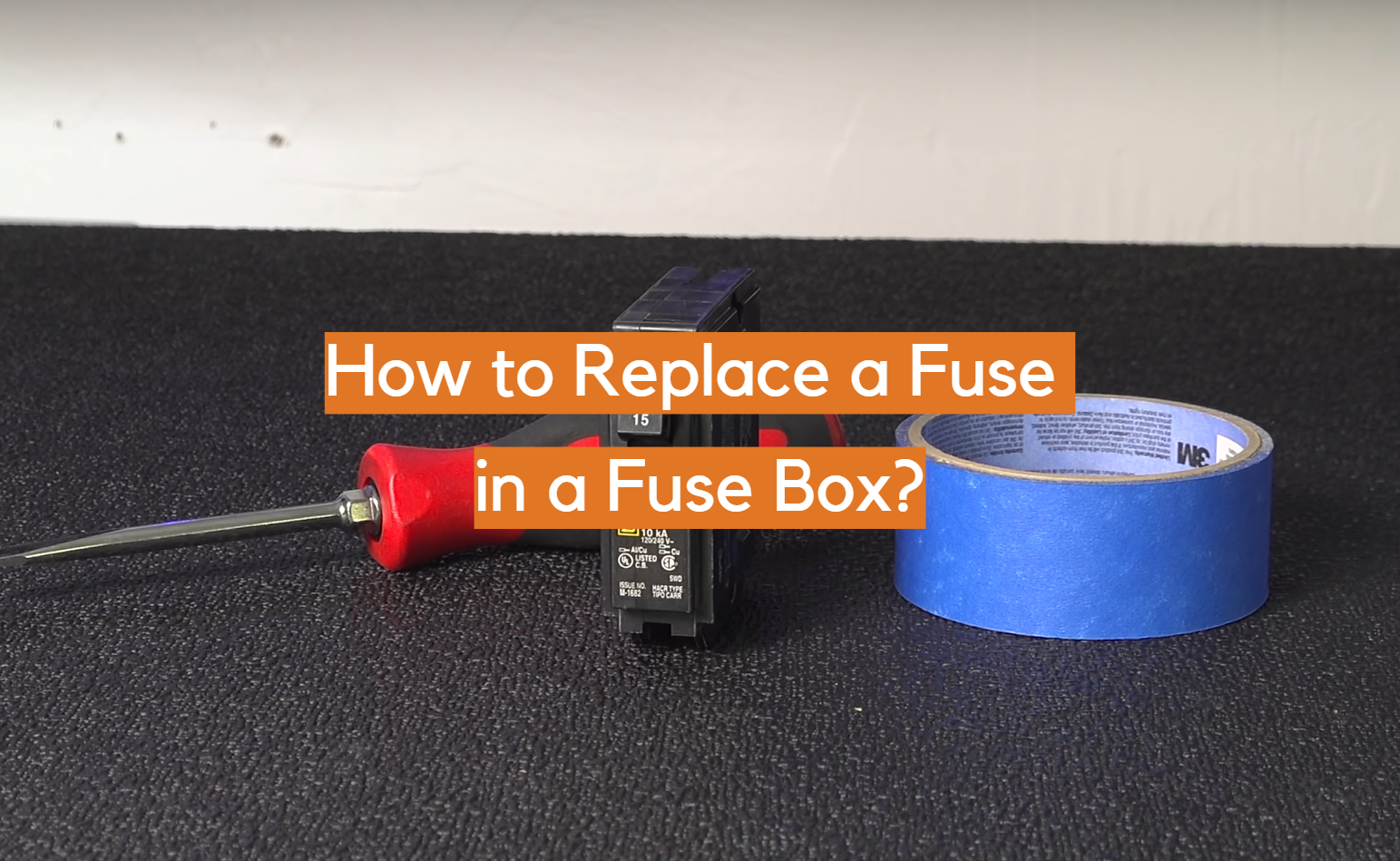








Leave a Reply